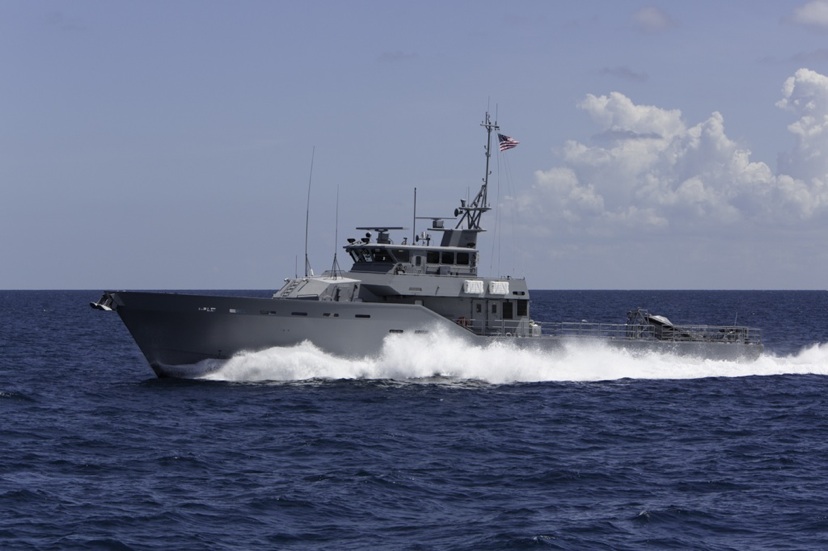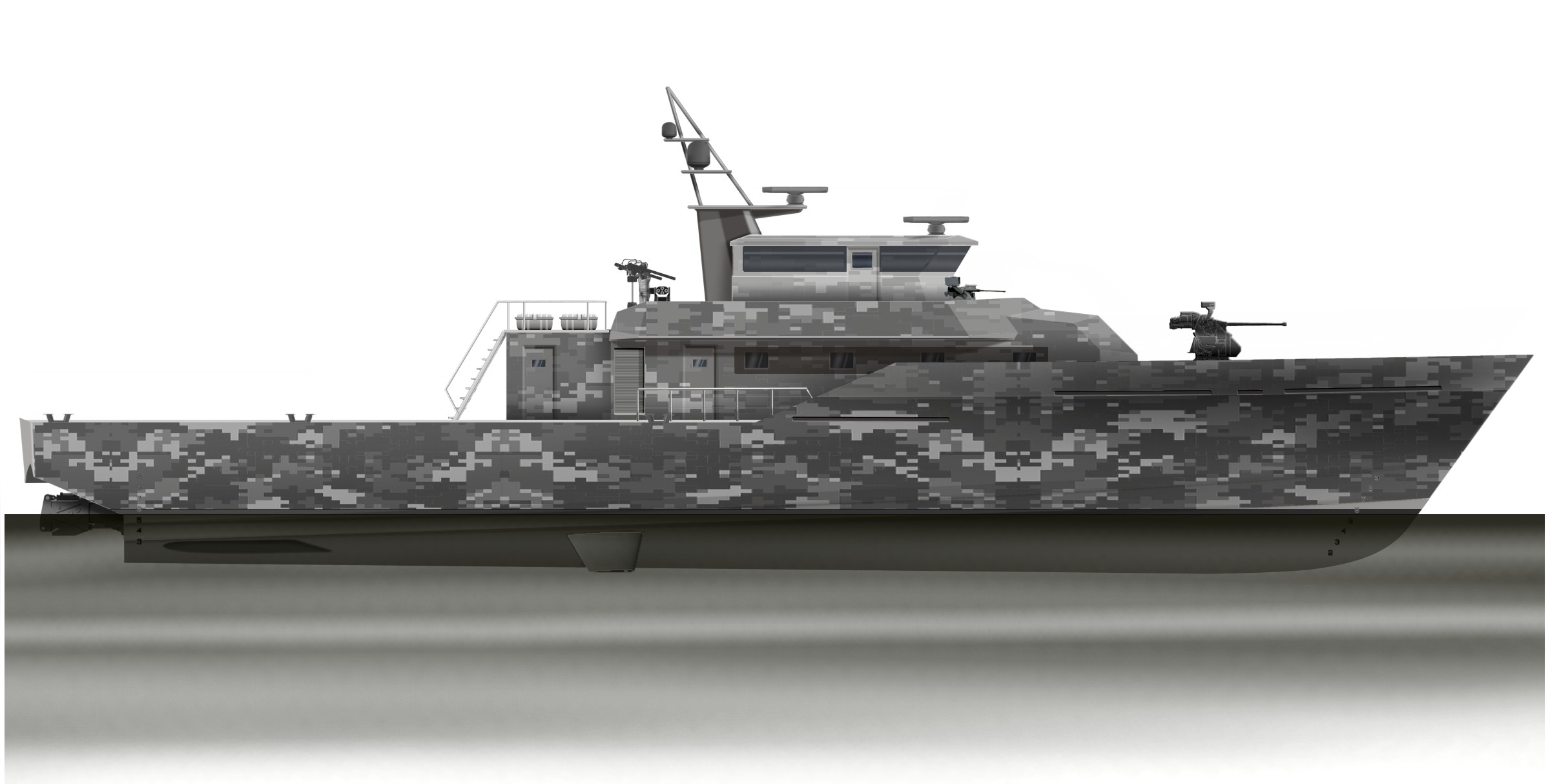DLBA UNIVERSITY
Clever design makes a multi-mission vessel for serious cost savings
AUGUST 27, 2020
By J. Bowles and D. Menna
Multi-mission small ships: myth or reality?
Almost all boat owners and operators today are looking for cost reductions. If the owner has a fleet of boats, they are additionally looking for ways to complete the same cost reduction mission, by reducing the number of boats needed in the first place. An effective way to do this is the use of a multi-purpose vessel. Our team has been helping clients in their drive to increase efficiencies and reduce costs for some time, with one of our first multi-mission projects the Advanced Multimission Platform (AMP) 145, built by Riverhawk.

Our team created a successful multi-mission design by conducting research on the trials and tribulations of previous attempts. We found the critical element was that all mission packages must be selected and defined, and then included in the design at every stage – from beginning to end – in order to be successful.

If you design for a single mission and try to adapt to other missions somewhere down the line, the required compromises to make the design work will likely have a negative impact on the overall effectiveness of the platform. DLBA re-treaded this ground last year in the development of the NIMBLE series of small craft. We considered the three design variants – patrol, fire, and passenger – from the very beginning to ensure that the platforms could perform all three missions without compromise, in order to provide the best value to the customer. Take a look at the designs, created to fulfil three different needs.
In case you would like to receive the full paper, or discuss about this subject, please contact Jeffrey Bowles.
References
- Abbot, J., ‘The History of Modular Payload Ships: 1975-2005’, Presentation at the US Naval Postgraduate School, April 2006.
- Andrews, D., ‘The Management of Warship Design’, RINA Transactions Vol. 135, 1993.
- Guilfoyle, J., et al, ‘Patrol Craft Requirements and Technology for the Next Century’, SNAME /ASNE Ship Design Symposium, Arlington, Virginia, 1992.
- Hornhaver, CDR H., ‘STANDARD FLEX Distributed Architecture Combat System’, Naval Engineer’ s Journal, 1995.
- Lavis, D.R., et al, ‘The Promise of Advanced Naval Vessels for NATO’, SNAME Marine Technology, Vol. 27, No. 2, 1990.
- The Boeing Company, ‘Development of the Model 928-83 Multimission Hydrofoil Combatant Point Design’, Doc No. D312- 80975-1 Rev A, December 1985.
- Webpage, Flyvefisken-class patrol vessel, http://en.wikipedia.org/wiki/Flyvefisken_class_ patrol_vessel.
- Webpage, StanFlex, http://en.wikipedia.org/wiki/StanFlex
- Hootman, J. C., and Whitcomb, C. A., “A Military Effectiveness Analysis and Decision Making Framework for Naval Ship Design and Acquisition”, Naval Engineers Journal, 2005.
Share this article online:
HOW CAN WE HELP YOU?
FEEL FREE TO CONTACT US

DLBA Naval Architects
860 Greenbrier Circle, Suite 201 Chesapeake, Virginia 23320 USA
Phone: 757-545-3700 | Fax: 757-545-8227 | dlba@gibbscox.com
STAY UPDATED
SIGN UP FOR OUR NEWSLETTER
Keep your finger on the pulse of the latest points of focus in naval architecture and engineering: subscribe to DLBA’s concise monthly newsletter. Within it, we briefly describe and picture our latest projects and concepts. We encourage feedback and seek to have our newsletter spark conversation regarding potential collaborations and further advancements as we share our passion for the industry.
